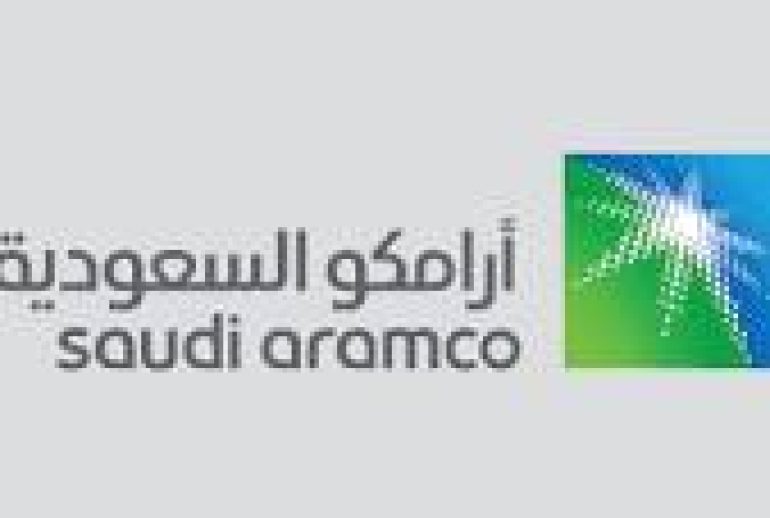
Saudi Arabian Oil Company, commonly known as Saudi Aramco, is the state-owned oil company of the Kingdom of Saudi Arabia and is considered the world’s largest and most valuable oil producer. Founded in 1933 as a result of a concession agreement between Saudi Arabia and the Standard Oil Company of California (now Chevron), Aramco has played a pivotal role in global energy markets for decades. The company is headquartered in Dhahran, Saudi Arabia.
Core Business: Saudi Aramco’s core business is the exploration, production, refining, distribution, and marketing of crude oil and natural gas. The company manages the largest proven crude oil reserves in the world (more than 260 billion barrels) and the world’s fourth-largest gas reserves, making it a central player in global energy.
Downstream Operations: Beyond its upstream operations, Aramco has significant downstream capabilities, including refining and petrochemical production. It operates both domestically and internationally, aiming to optimize the value of its hydrocarbon reserves through vertical integration.
International Ventures: Aramco has expanded its global footprint through strategic partnerships, joint ventures, and acquisitions in key markets and sectors, enhancing its access to global energy markets and diversification of its operations.
Saudi Aramco’s financial performance is closely tied to global oil prices, production levels, and geopolitical factors. The company made history with its initial public offering (IPO) in December 2019, raising $25.6 billion and briefly valuing the company at $1.88 trillion, making it the largest IPO ever. Aramco’s profitability and revenue figures are among the highest globally, reflecting its dominant position in the oil sector.
Market Volatility: Being heavily dependent on the oil market, Aramco faces volatility in oil prices due to geopolitical tensions, economic fluctuations, and changes in global energy demand. The company’s strategy includes diversifying its economy, investing in natural gas, renewables, and technology to mitigate these risks.
Energy Transition and Sustainability: With the global shift towards renewable energy and sustainability, Aramco is under pressure to adapt to the changing energy landscape. The company has initiated several projects aimed at reducing carbon emissions, investing in blue hydrogen and carbon capture technologies, and enhancing its environmental sustainability efforts.
Geopolitical Risks: Operating in a region known for its geopolitical complexities, Aramco has navigated through various challenges, including attacks on its facilities. The company continues to invest in security and resilience measures to safeguard its operations.
Expansion and Diversification: Aramco is actively seeking to diversify its portfolio by expanding into natural gas, chemicals, and renewable energy sources. This includes international ventures and investments in emerging technologies to secure its position in a future low-carbon world.
Sustainability Goals: The company has announced intentions to achieve net-zero carbon emissions from its wholly-owned operated assets by 2060, aligning with Saudi Arabia’s green initiatives. This involves investing in carbon capture and storage, hydrogen fuel technologies, and renewable energy projects.
Technological Innovation: Saudi Aramco is investing in digital transformation, including artificial intelligence (AI), robotics, and data analytics, to enhance its operational efficiency, exploration capabilities, and environmental sustainability efforts.
Saudi Aramco’s dominance in the global oil market, strategic initiatives towards diversification and sustainability, and its role in shaping the energy transition underscore its critical position in the global economy. As the company navigates through the complexities of geopolitics, market dynamics, and the global shift towards sustainable energy, its strategies and innovations will continue to have a significant impact on the global energy landscape.

The people need more peaceful life in this highly technical world. Psytechology is there to help the masses in it.
WhatsApp us